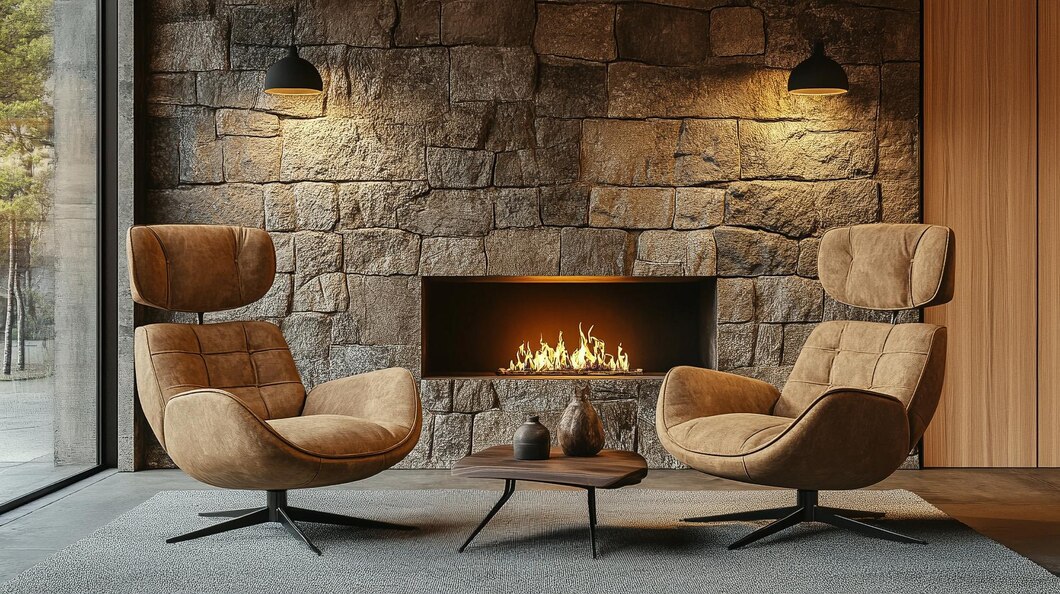
Cost Factors: What Influences the Price of Italian Marble?
Italian marble has long stood as a symbol of luxury, sophistication, and timeless beauty. Known for its pristine whiteness, dramatic veining, and exceptional quality, Italian marble is a top choice for architects, interior designers, and homeowners alike. However, along with its prestige comes a premium price tag. But what exactly makes Italian marble so expensive? In this blog, we’ll dive deep into the various factors that influence the cost of Italian marble, helping you understand what you’re paying for and why.
1. Origin and Rarity
One of the primary reasons Italian marble commands a high price is its origin. Mined from quarries in Italy, especially in regions like Carrara, Tuscany, and Sicily, these marbles have been prized since Roman times. Some varieties like Statuario, Calacatta, and Carrara marble are only found in limited quarries, making them exceptionally rare. This rarity drives up demand—and, naturally, the cost.
2. Quality and Grade
Not all Italian marbles are created equal. The price often varies based on the grade of marble, which is determined by:
-
Purity of the stone: Fewer impurities mean a whiter, cleaner stone.
-
Veining patterns: Unique, artistic, or symmetrical veining is more desirable.
-
Uniformity: Consistent colour and texture across slabs are considered high quality.
-
Crack and fissure resistance: Fewer natural flaws make for more durable stone.
Higher-grade Italian marble that meets these quality checks is understandably priced higher.
3. Type of Marble
Different types of Italian marble come with varying costs depending on their uniqueness and availability. For example:
-
Statuaries Marble: Known for its bold, dramatic grey veining on a white background, it is among the most expensive due to limited supply.
-
Calcutta Marble: Rarer than Carrara and featuring wider, more striking veins, it also comes at a premium.
-
Carrara Marble: Though beautiful, it is more abundant and hence relatively affordable compared to other varieties.
Understanding which type suits your design and budget will help you manage overall expenses.
4. Slab Size and Thickness
Italian marble is sold by the slab, and its size and thickness directly impact cost. Larger slabs are more expensive not just due to the material but because they allow for seamless installation, which is highly preferred for flooring and countertops. Common thickness options are 16mm, 18mm, and 20mm, with thicker slabs offering more durability but at a higher price point.
5. Finish and Surface Treatment
The finish you choose for your Italian marble can influence its price. Some popular options include:
-
Polished: High-gloss, mirror-like finish that enhances the marble’s elegance.
-
Honed: Matte finish, more slip-resistant but slightly less vibrant.
-
Leathered or brushed: Textured finishes add uniqueness but cost more due to additional processing.
Each finish involves a different level of labour and machinery, thereby impacting the final cost.
6. Import Duties and Transportation Costs
Since Italian marble is not mined locally in most countries, it must be imported. The costs associated with:
-
Overseas shipping
-
Customs and import duties
-
Local transport from port to site
…all add to the final price tag. Depending on your location, logistics can significantly influence the cost per square foot.
7. Cutting and Wastage
Italian marble slabs need to be cut precisely for installation, and depending on the layout and project requirements, there may be substantial material wastage. Intricate designs or odd-shaped rooms may lead to more waste, thereby increasing the effective cost per usable square foot. Cutting and edge-profiling also add to labour expenses.
8. Installation Charges
Installation is a crucial component when budgeting for Italian marble. It requires:
-
Skilled labour with experience handling natural stone
-
Special adhesives and grouts
-
Surface preparation and sealing
Given its weight and fragility, Italian marble installation is labour-intensive and time-consuming, often costing significantly more than other flooring or surface materials.
9. Maintenance and Aftercare Costs
While this is not a direct factor in initial purchase price, it’s essential to consider that Italian marble is a high-maintenance material. It is:
-
Porous and can stain easily
-
Susceptible to scratching from acidic substances or rough usage
-
Requires regular sealing to maintain appearance
Factoring in long-term care costs helps better assess the total investment.
10. Market Demand and Trends
Like any luxury product, Italian marble prices fluctuate with demand. When a particular variety becomes trendy in high-end interior projects or celebrity homes, its demand spikes—and so does its cost. Supply chain issues, quarry restrictions, or rising energy costs in Italy can also impact pricing globally.
Final Thoughts
Investing in Italian marble means bringing unmatched elegance and value to your space. But understanding what influences its cost helps you make an informed decision—balancing design aesthetics with budget considerations. Whether you’re choosing a classic Carrara or a luxurious Statuaries slab, remember that you’re not just buying a piece of stone—you’re investing in a work of natural art, steeped in history and crafted by nature.
If you’re planning to include Italian marble in your next renovation or build, speak to trusted suppliers and interior designers to find the right variety and finish for your space—and your wallet.



